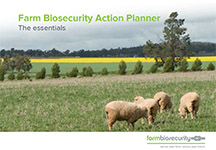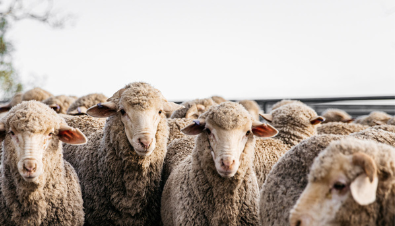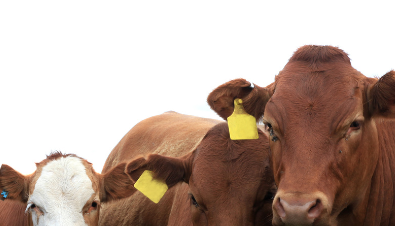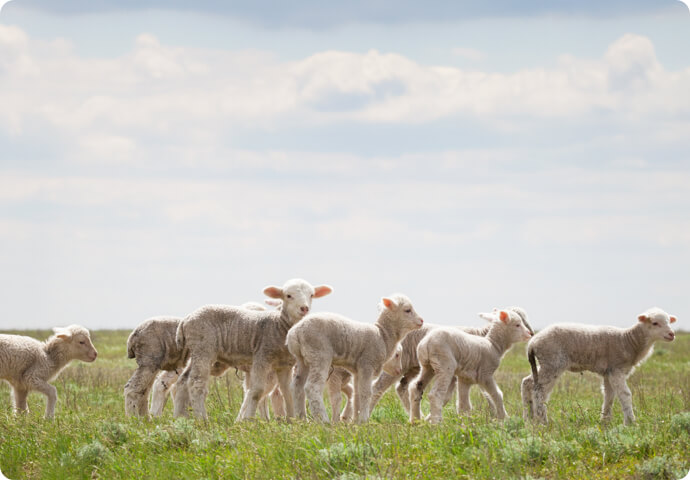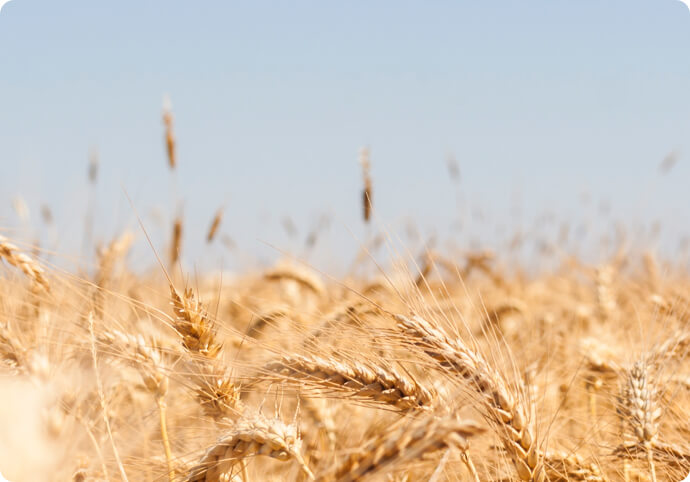The best defence against pests and diseases is to implement sound biosecurity practices on your farm. Quick and simple measures built into everyday practice will help protect your farm and your future. Use the Farm Biosecurity Action Planner to assess the risks on your farm and to take steps to address them. Refer to the planner periodically to check on progress and prioritise actions.
Preparing an on-farm biosecurity plan
A biosecurity action plan will help you identify and prioritise the implementation of biosecurity practices relevant to your property. When devising a plan for your farm, the biosecurity essentials are a good place to start. The essentials are:
Completing a self-assessment checklist will also help you to identify biosecurity strengths and weaknesses on your property. It might be helpful to have a map of your property to consider the best places to locate biosecurity zones or ‘check points’. This could include signs at entrances to the property, parking areas near the house or site office, where deliveries are picked-up or dropped-off in relation to storage facilities, vehicle wash down areas, existing roads or tracks for movement within the property.
Think about what you can do to minimise the risk of introducing diseases, pest and weed seeds at each of the checkpoints. If you build your plan around daily, monthly or yearly farm routines, then biosecurity should become a habit.
The actual management practices you choose to use will vary from site to site, depending on the size of your property(s), the physical facilities available and the day-to-day management of operations.
If you are already following an accreditation scheme or industry best management practice guidelines they often include a biosecurity component. For example the cotton industry’s myBMP.
With each action, set-out the steps needed to achieve the task – this is especially helpful if a group is working on the plan. A responsible person will need to be appointed to oversee the implementation of the actions.
Good practices need not be expensive, but they do need to be easy to follow. They may also take a little of your time, but they are beneficial in the long run.
After you have ranked your priorities, think about which ones you can achieve in the short and long term. Go back to the plan periodically and check progress towards your goals.
As a guide, short-term activities can:
- be planned and implemented within 12 months
- help your business comply with regulatory requirements
- be financially feasible in the short-term
- fit in with the time commitments of your enterprise.
Long-term activities:
- are planned and implemented over more than one year
- need additional financial or personnel resources that are not currently available
- enhance the overall quality of service, aesthetics or administrative procedures.
Download the planner
Biosecurity planning for extensive livestock producers
A biosecurity management plan is a practical way of showing how you are preventing the introduction of pests, disease, weeds and contaminants to your property, spreading around your property, or spreading from your property.
Visit the ‘Property biosecurity management planning’ page to access a suite or templates and resources which are designed to help you identify the kinds of actions which may present a biosecurity risk to your enterprise and how they can be managed.
Biosecurity planning for cattle producers
To help cattle producers to develop their biosecurity plans, Animal Health Australia has a Farm Biosecurity Plan page that includes a range of biosecurity planning resources. The same on-farm planning template can be used for the Livestock Production Assurance program and J-BAS, with producers who have a JD focus required to complete the optional JD questions.

